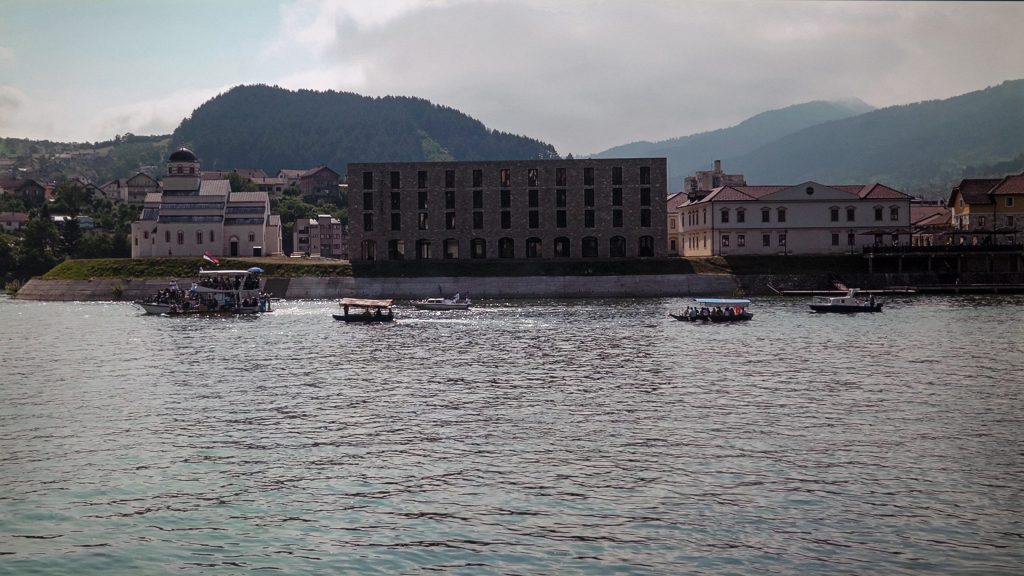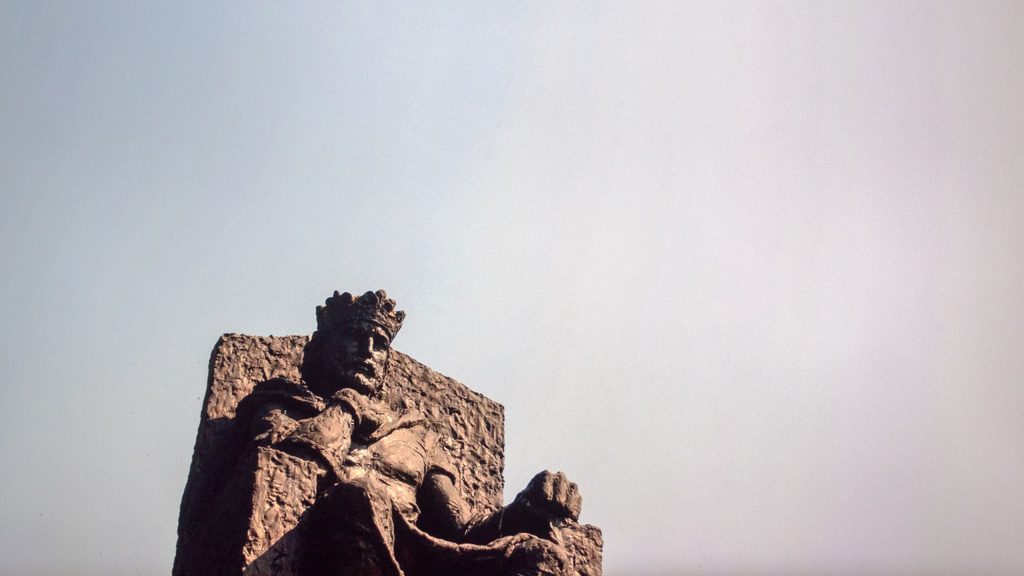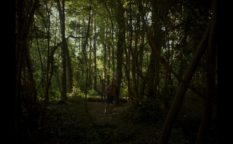Review: The Stone Speakers (2018), by Igor Drljača

Even 25 years upon its end, the first thing Bosnia and Herzegovina would be associated with is the brutal civil war in the 90s that still affects its population. The other association are the occasional tensions between its ethnic communities of Bosniaks, Serbs and Croats, running even amongst the younger, post-war generations. Combined with ailing economy, inefficient bureaucracy and failed transition to liberalism, such occurances lock the country in the perpetual danger of becoming a failed state. The repercussions of the state of things are high emigration rates that speak volumes, and it is easy to conclude that the future of Bosnia looks very bleak.
According to Bosnia-born, Canada-based filmmaker Igor Drljača and his newest feature-length documentary The Stone Speakers that world-premiered at the last year’s edition of Toronto International Film Festival, and had its international premiere at Berlinale’s Forum, the mother of all problems in Bosnia and Herzegovina is the lack of universal and compelling narrative that would serve as the glue to its people and peoples. Last time it worked, the narrative was formed by the state officials on a level higher than Bosnia. That was in Yugoslav times and the complete mythology was based on WW2 experiences and accomplishments of The Partisan Movement. But new times, new economy and new circumstances bring new narratives, strictly locally-based, that might serveboth as cohesion- and the adhesion forces.
After a quick prologue set in Tuzla, once the centre of Bosnian industry, dealing with the de-industrialization and the new chances opening in the field of tourism (Tuzla has salt lakes close to the city centre which can at least partly re-create the seaside feeling), Drljača sets on a journey through the different parts of the country and different narratives that are, or at least are intended to be, quite touristy. First we go to Međugorje in West Herzegovina, known for its religious tourism. In the 80s, several teens had experienced visions of Virgin Mary, turning a small town into a place of pilgrimage for a number of Catholics from all over the world. Even when the whole “miracle campaign” was rejected by Vatican, Međugorje continued to attract pilgrims and tourists (one of the biggest Catholic youth festivals takes place there annually) and to build the local economy around it.
The next chapter offers something esoteric: energy-healing at the pyramids of Visoko, some 20 km out of Sarajevo. The whole story was more ambitious right at its beginning some 15 years ago, when the so-called pyramids were deemed older than the ones in Egypt, and a direct proof of the existence of an ancient alien civilization they presumably serve as a portal to. Since the whole charlatan theory never got the momentum, it was converted to a mumbo-jumbo spa resort of sorts and it works well in a way. Another interesting insight, however, is the fact that the religious authorities of all denominations (Muslim, Orthodox and Catholic) are not exactly supportive of their New Age competition…

The next place is even more bizarre, even though it is completely and obviously man-made: Andrićgrad built by the filmmaker Emir Kusturica in honour of the Nobel Literature Prize winner Ivo Andrić and one of his novels The Bridge over the Drina. There is a theory that the whole newly-built stone town might be a set for Kusturica’s film project about Andrić (no news about that one), but the place now serves as the filmmaker’s monument to himself and his world-views that merge Serbian nationalism and left-wing populism into an almost incomprehensible mishmash of ideology and iconography. Sadly, Andrićgrad was built in Višegrad, a town that witnessed severe war crimes in the 90s committed by Bosnian Serb forces, and the whole project feels, politely said, a little bit out of place. That might be the reason that even the local tour guide does not exactly believe in it, and avoids anything out of the memorized interpretation of Kusturica’s “philosophy”.
Finally, Drljača goes back to Tuzla which remained faithful to the original pre-war anti-fascist narrative, complete with liberation day parade, an event at the local cultural house where the verses of the Croatian poet Mihovil Pavlek Miškina were read, and the wreaths of flowers being put at the monument from socialist times. But also, compared to the regular daily life, that kind of folklore anti-fascism seems not only a bit vintage, but also a bit of a tourist attraction.
Drljača is a filmmaker who is smart enough not to articulate his opinions verbally and directly into the camera, and he lets his subjects and visuals do the talking instead. He keeps his camera fixed, but his shots vary from the wide landscapes taken from afar to mid-distance portraits of his unnamed subjects. Thanks to the offbeat editing, the feel is not even remotely close to the usual “talking head” documentary interviews, since we do not see them talking to the camera. There is something that could be defined as an artistic distance that adds some philosophical and anthropological layers to The Stone Speakers.
The distance Drljača takes from both his subjects and locations is not just an alibi for somewhat condescending attitude, as some of the less informed viewers and reviewers might imply. The Stone Speakers is a film with deep roots in the context of contemporary-, post-war or even post-political Bosnia and Herzegovina where the local narratives are the means of basic survival and are more important than the wishful thinking about the reconciliation between the ethnic and religious groups that share the same space. The devastation was too big. And permanent. The rules are simply different.
Original Title: Kameni Govornici
Country: Canada/ Bosnia& Herzegovina
Language: Bosnian, Serbian, Croatian, English
Writter & Director: Igor Drljača
Producer: Igor Drljača, Albert Shin
Director of Photography: Amel Djikoli
Editor: Igor Drljača
Line Producer: Amira Lekić
Production Sound Mixers: Nirvan Imamovic, Predrag Doder
Dialogue Editor: Matthew Chan
Sound Designer: Aaron Mirkin
Re-Recording Mixer: Matthew Chan
















